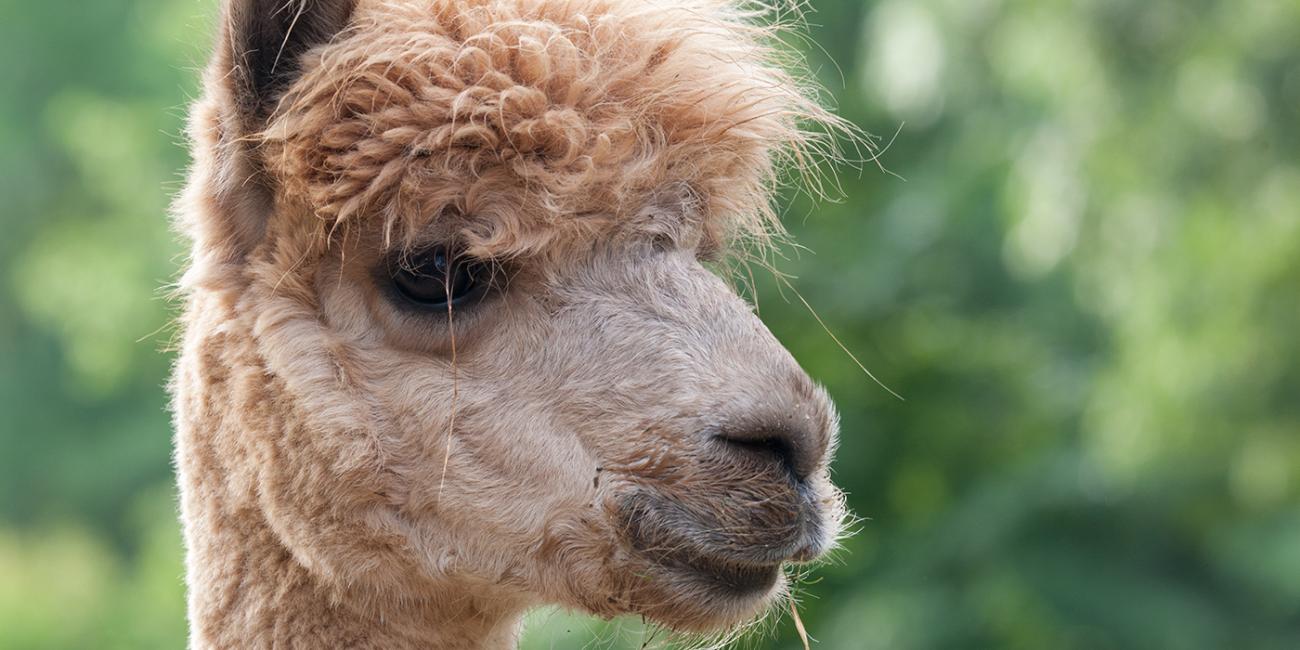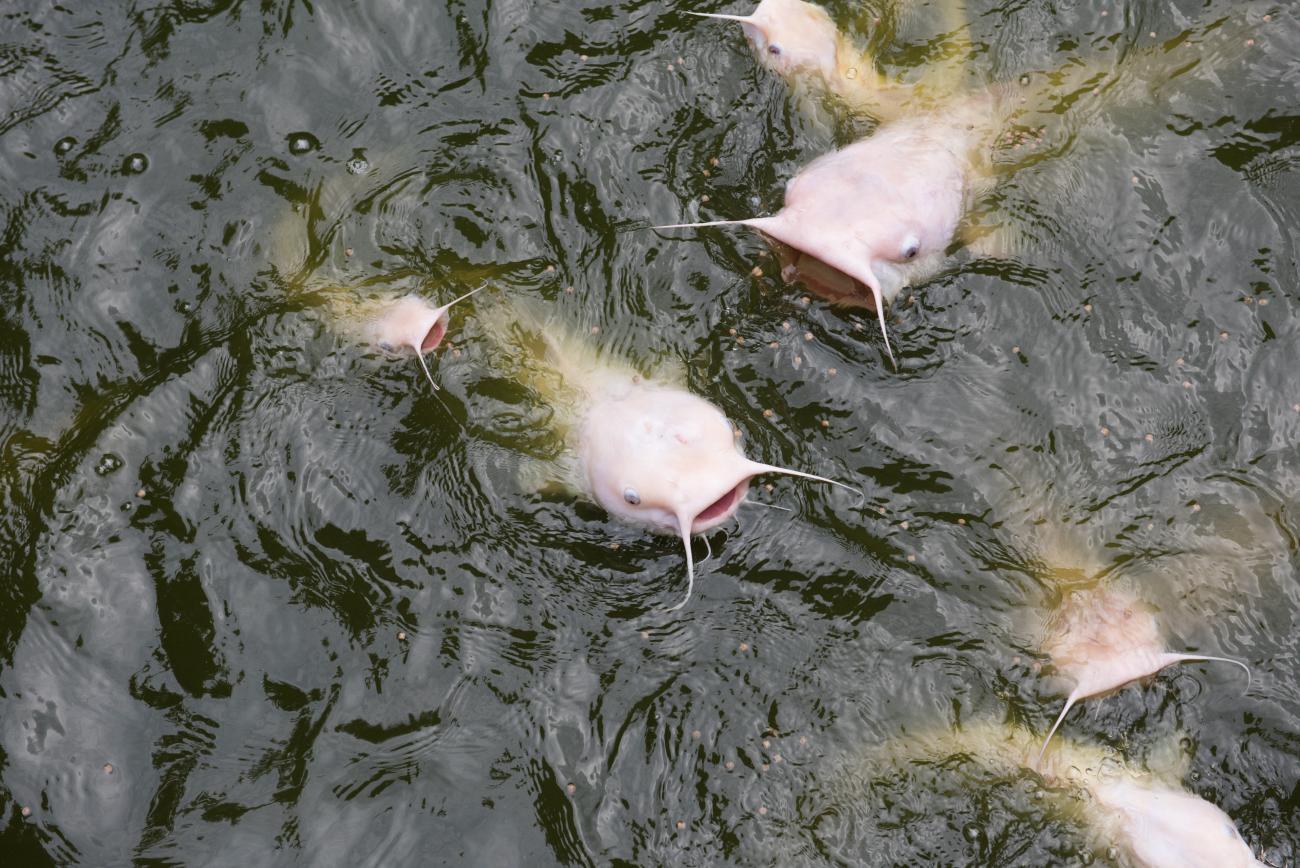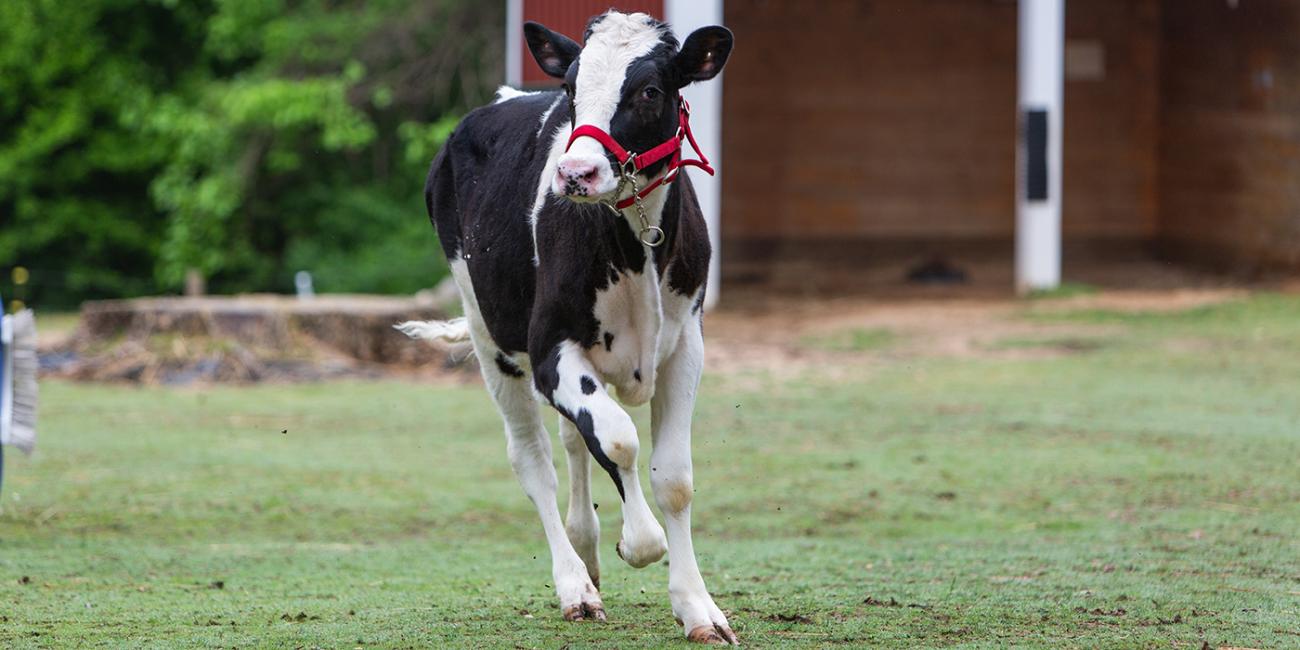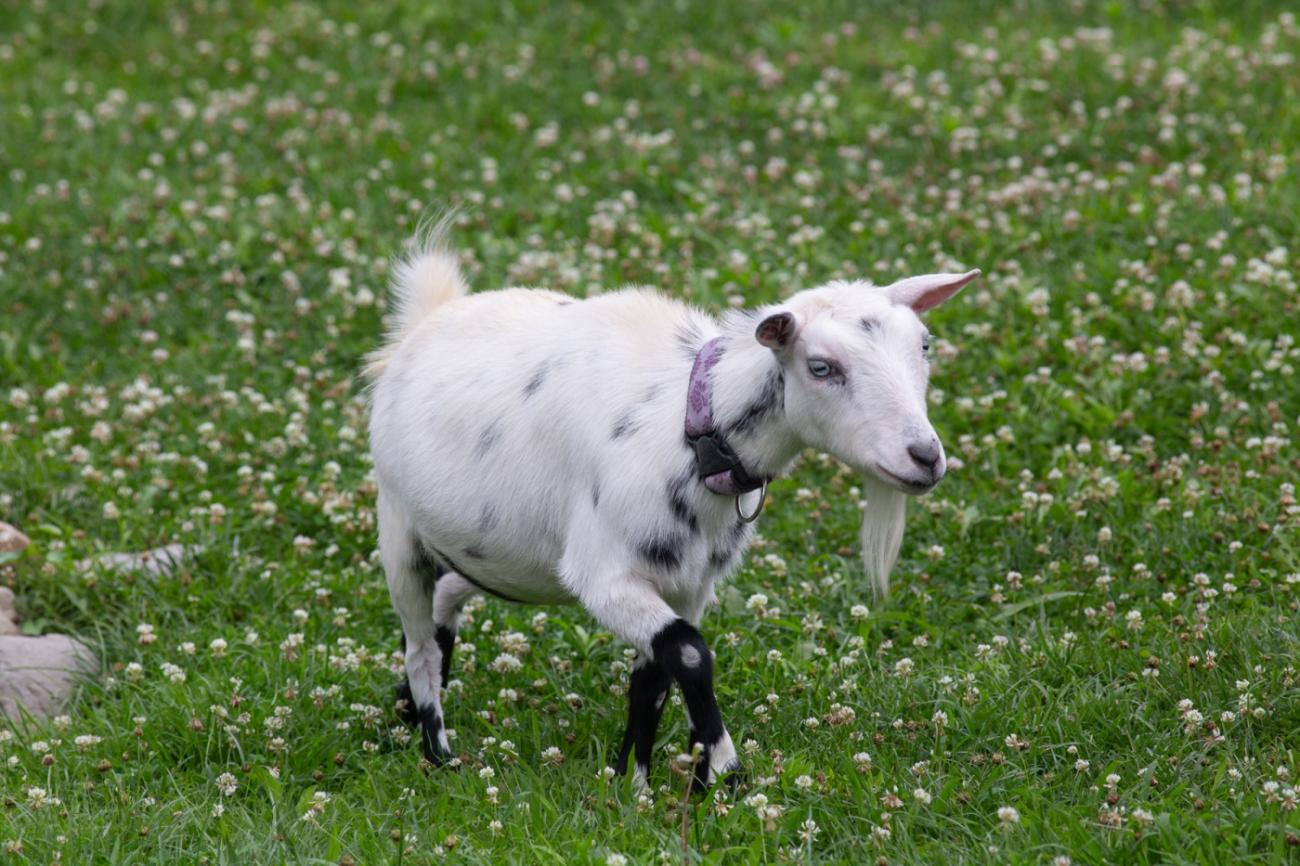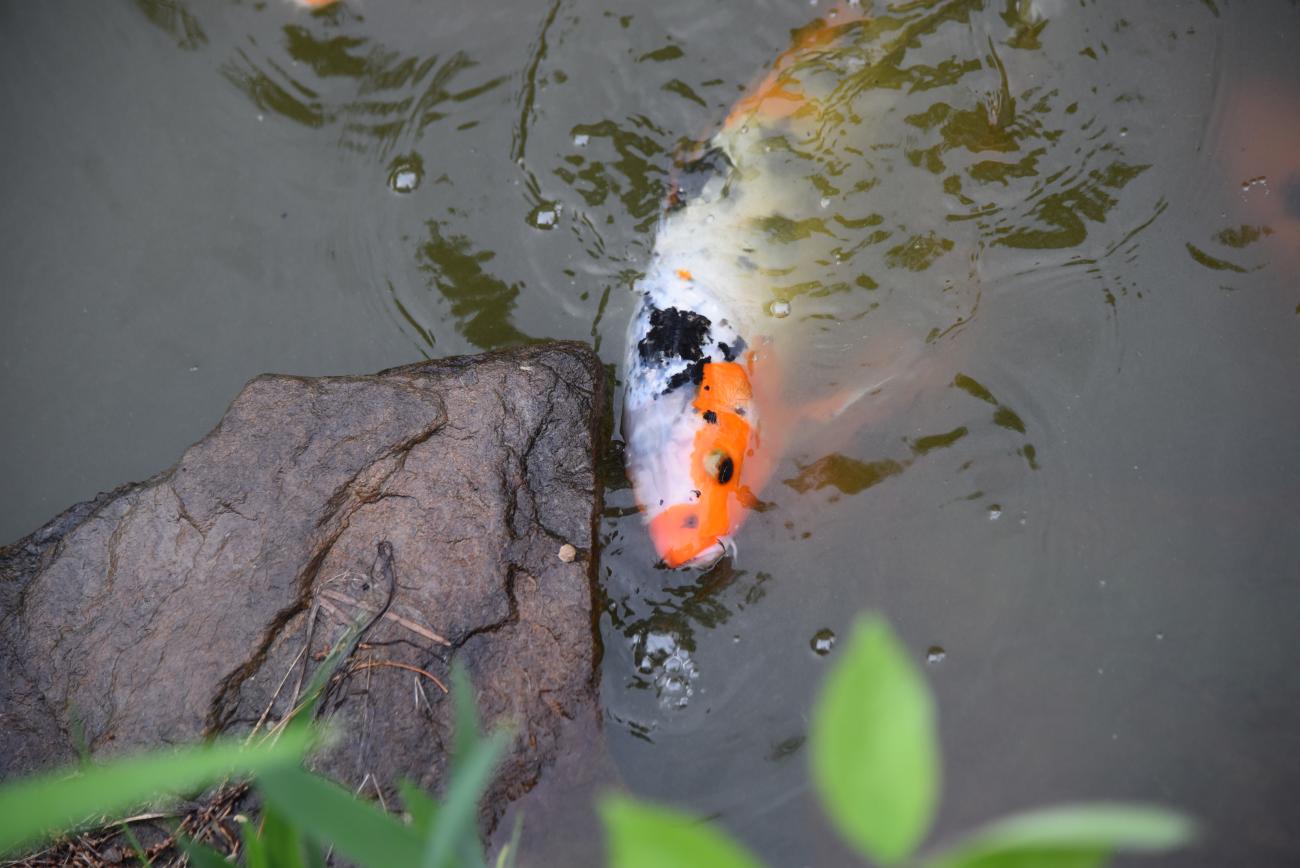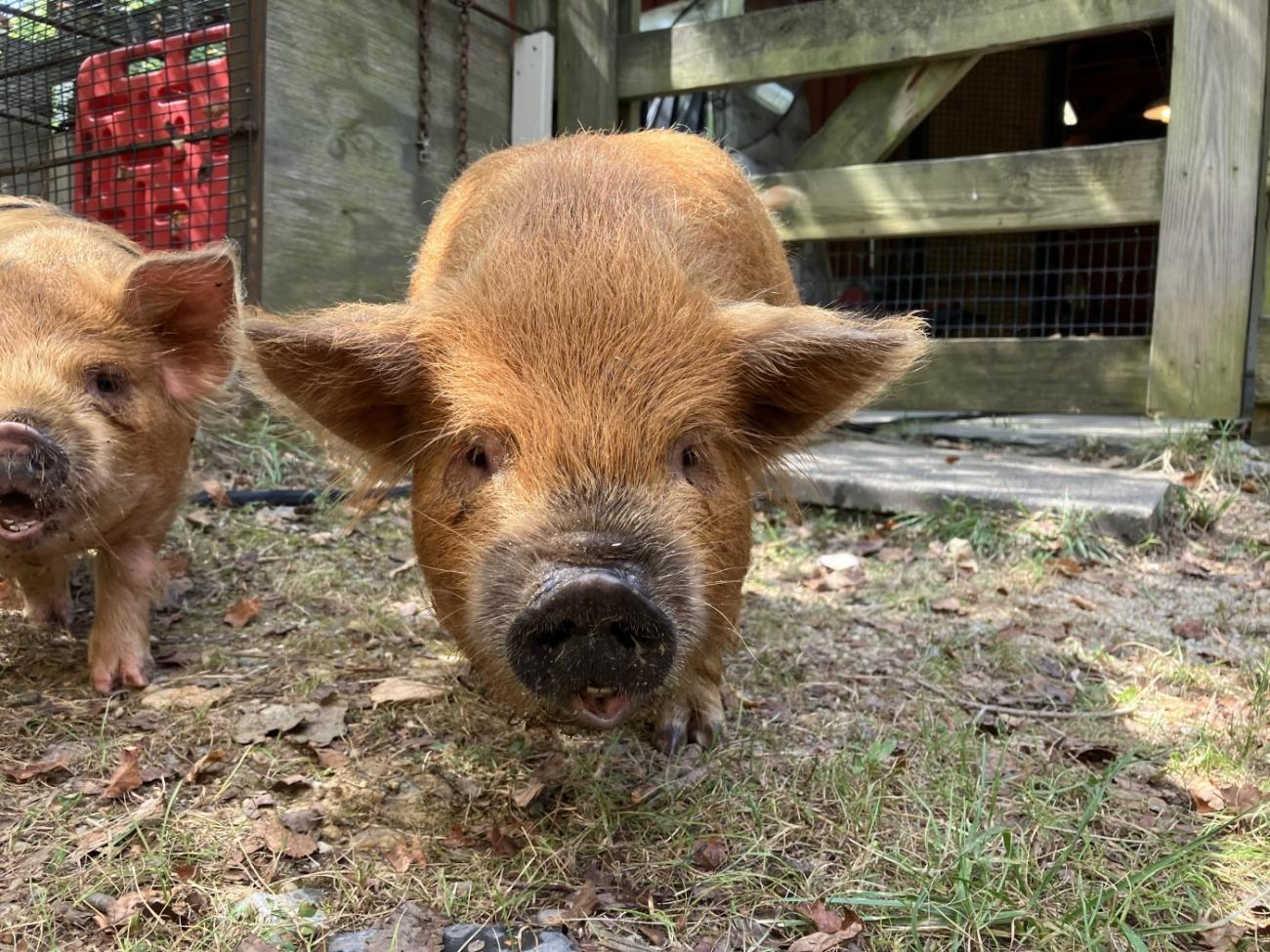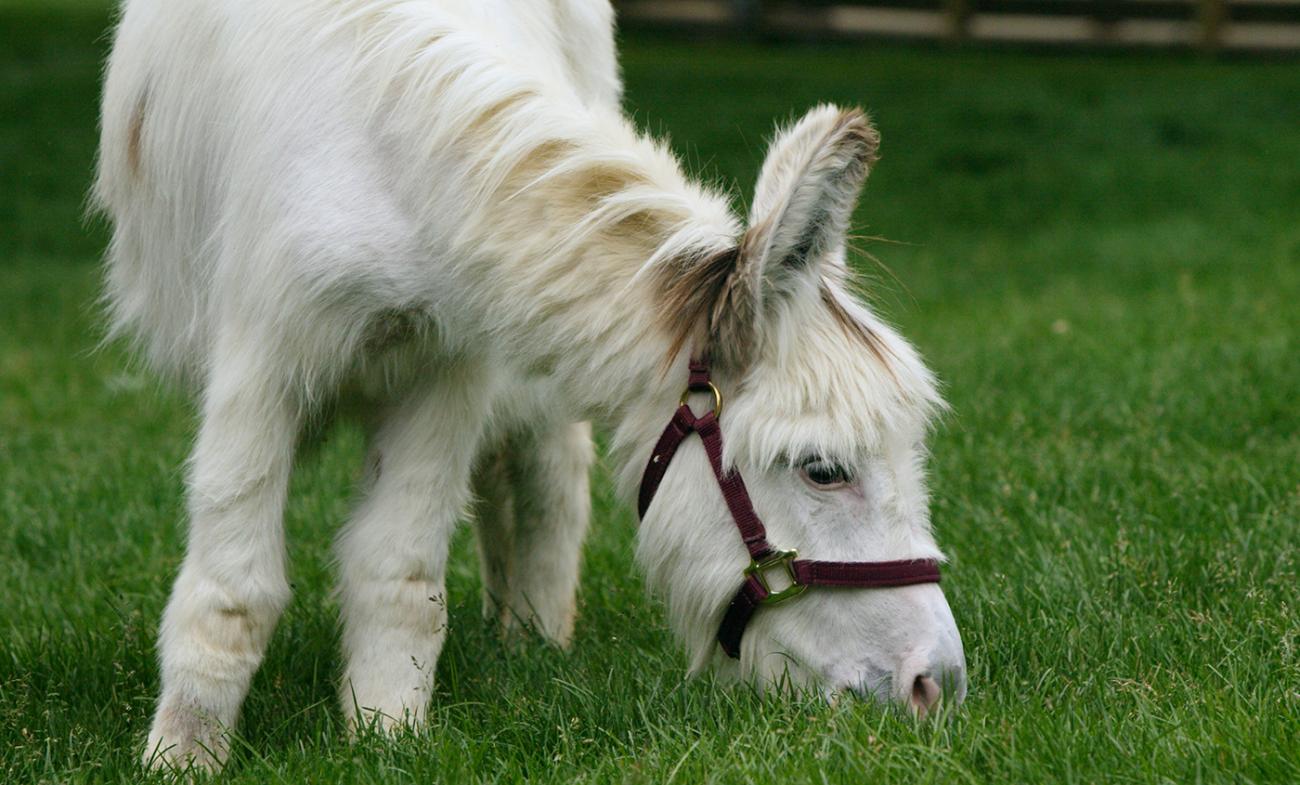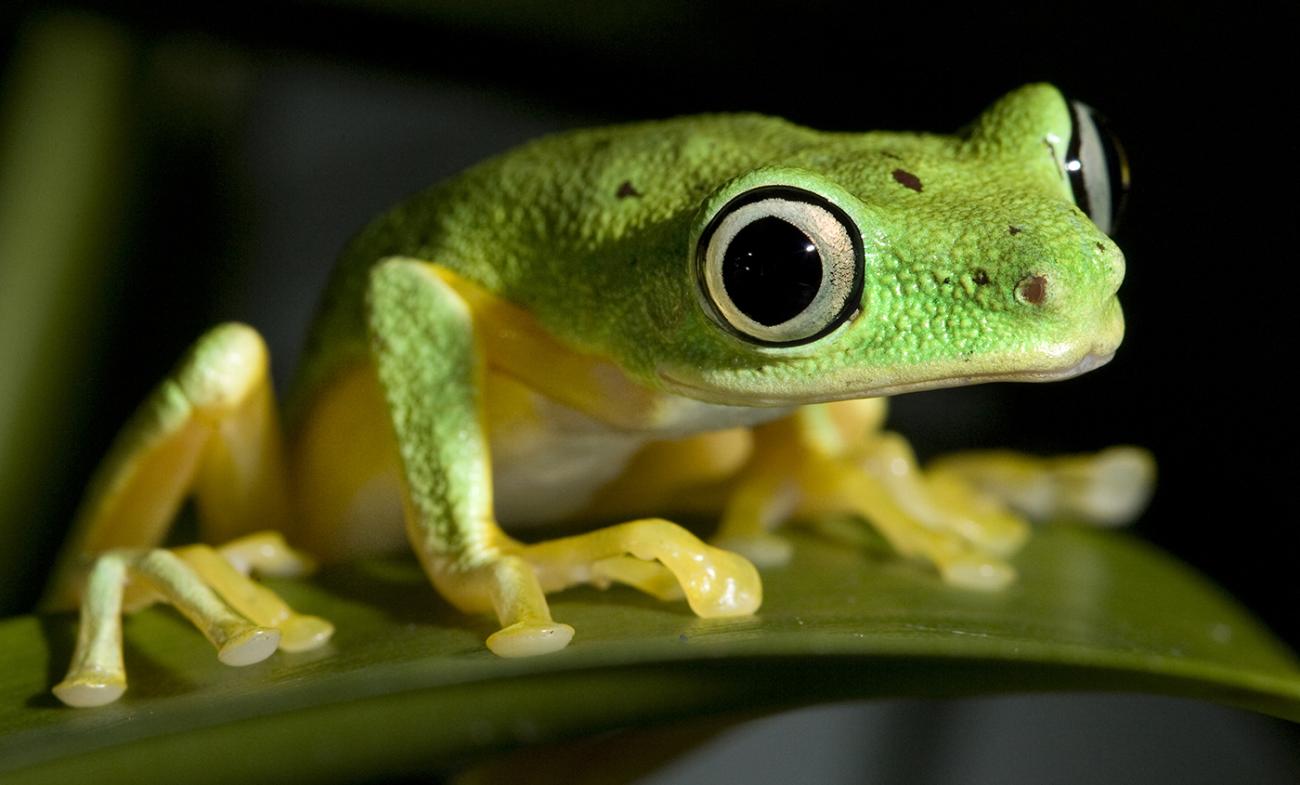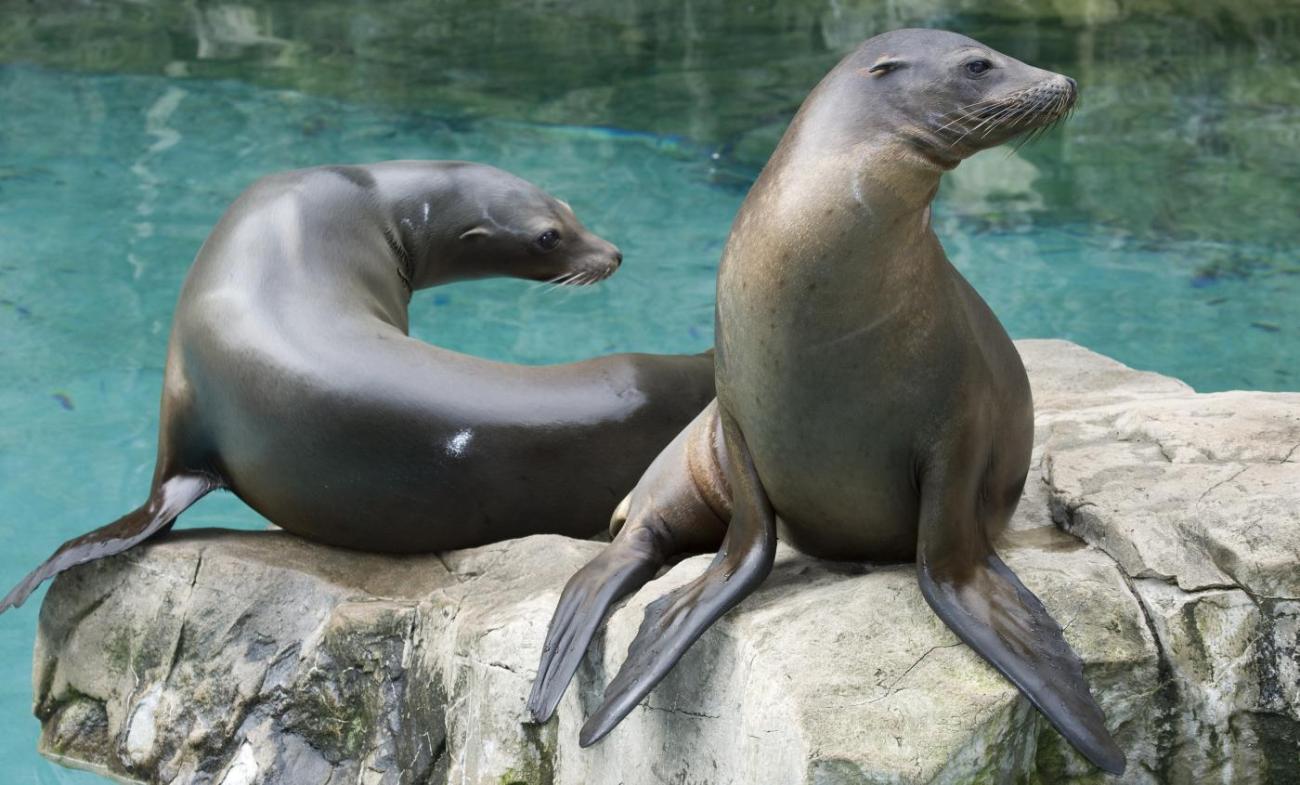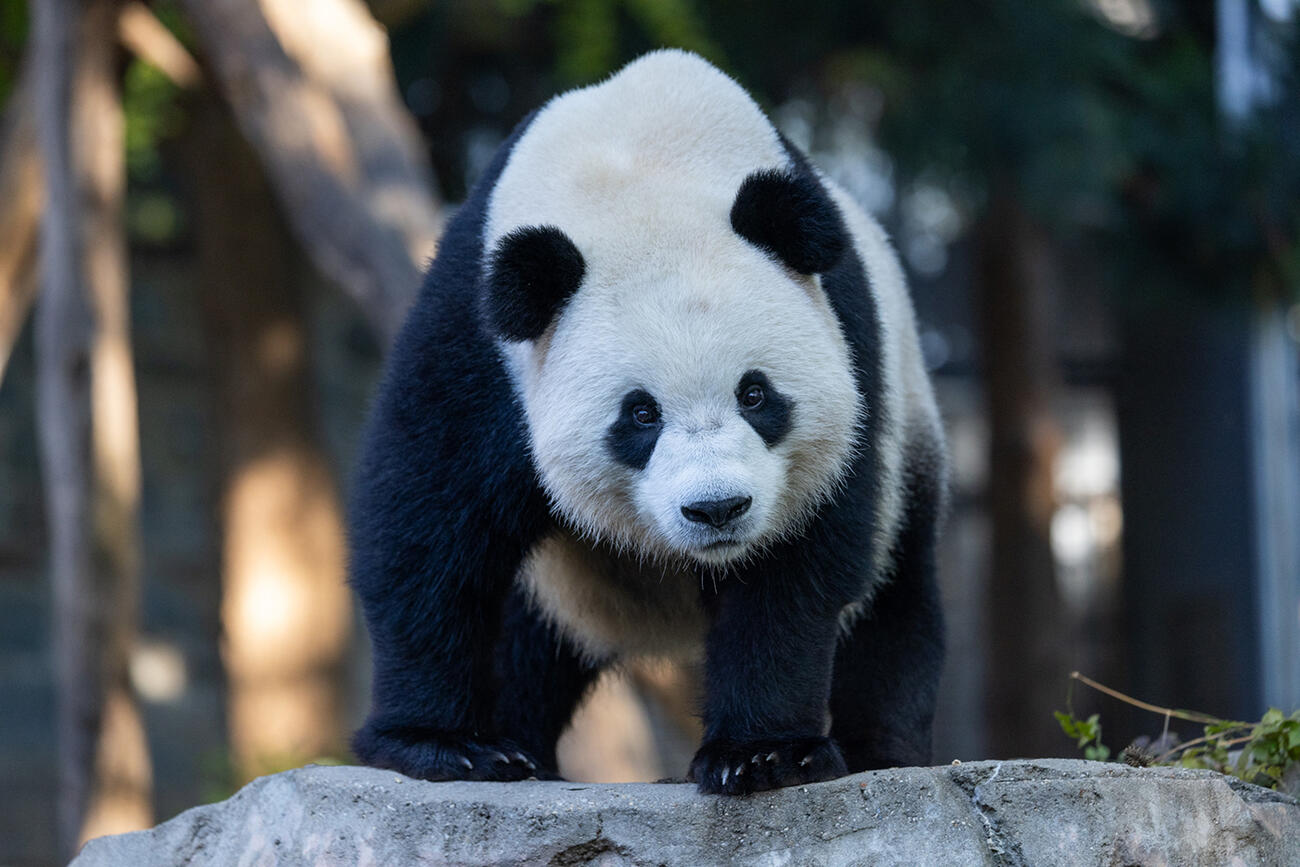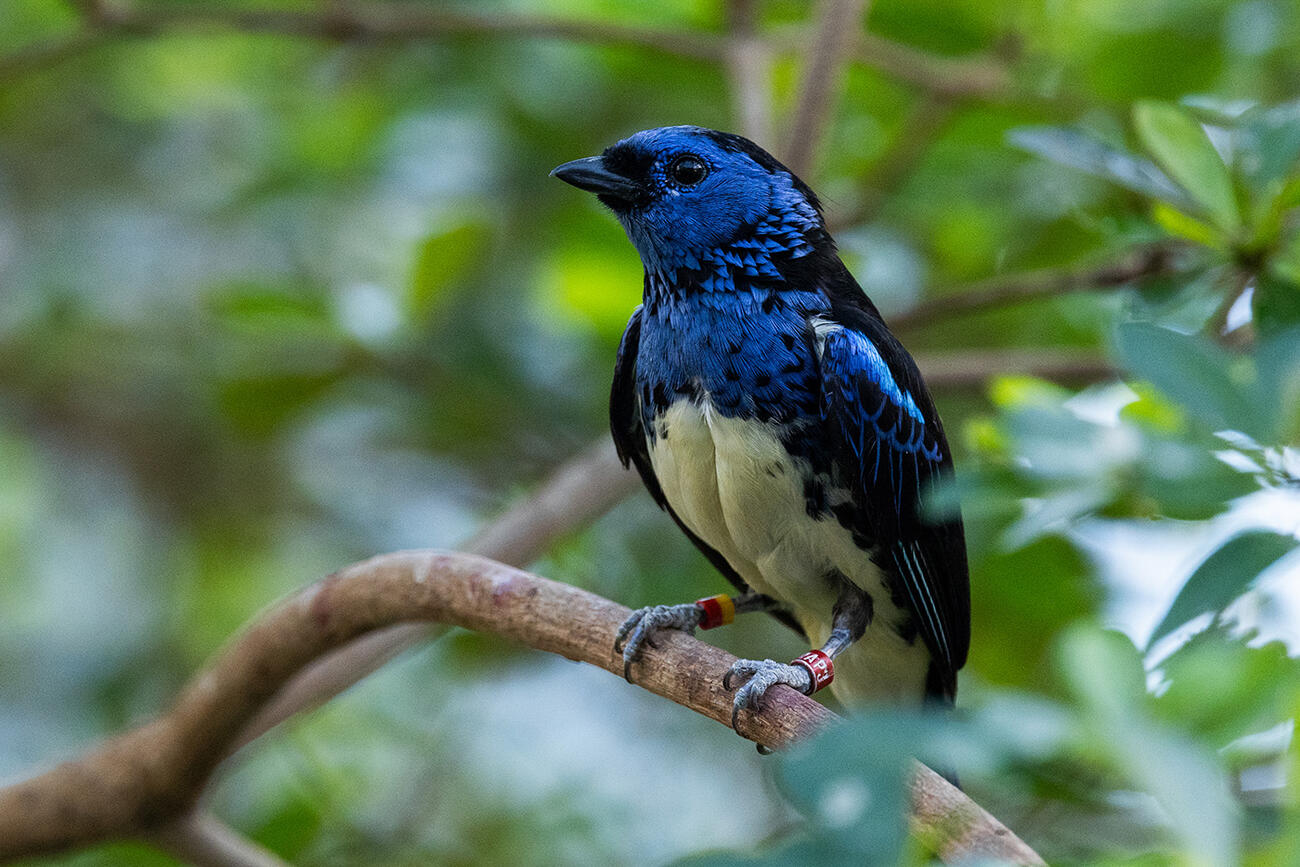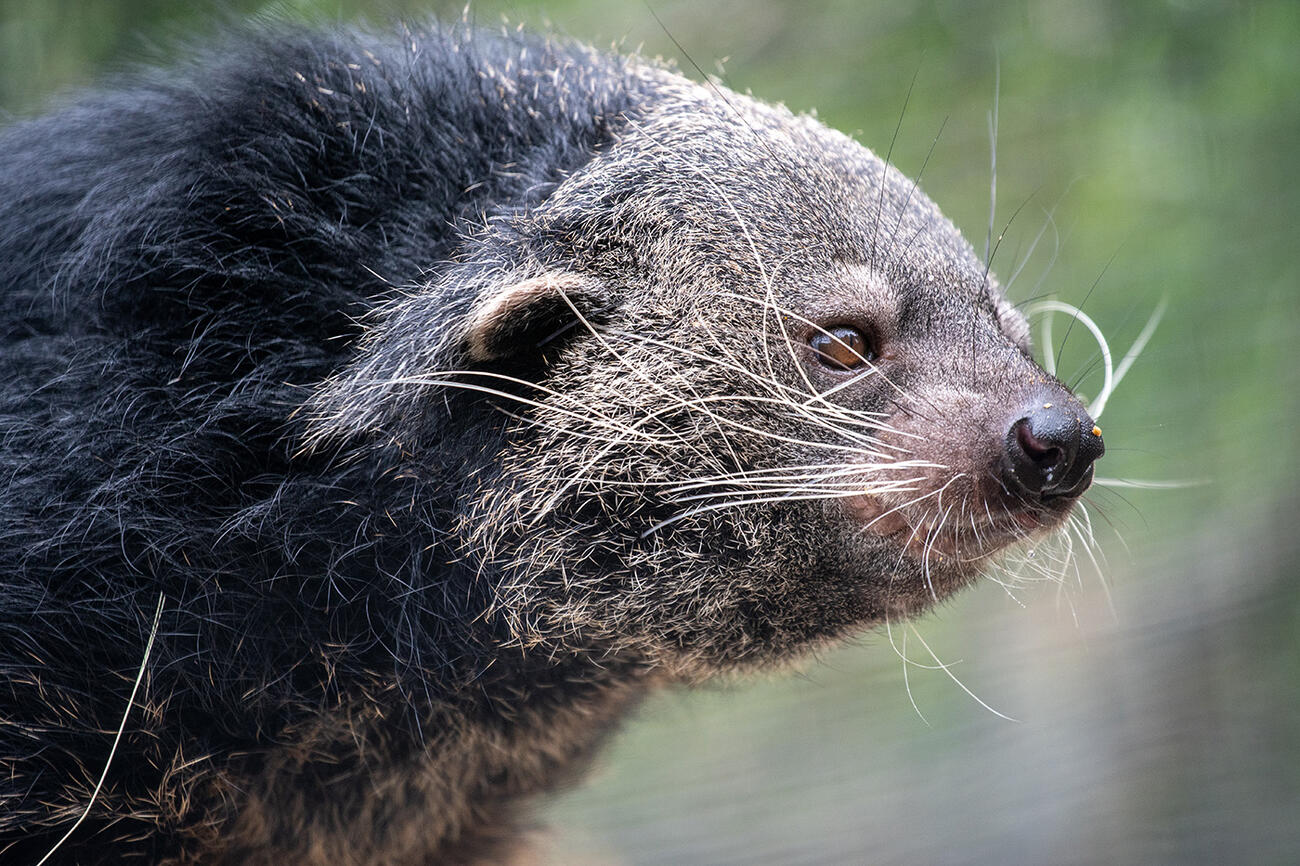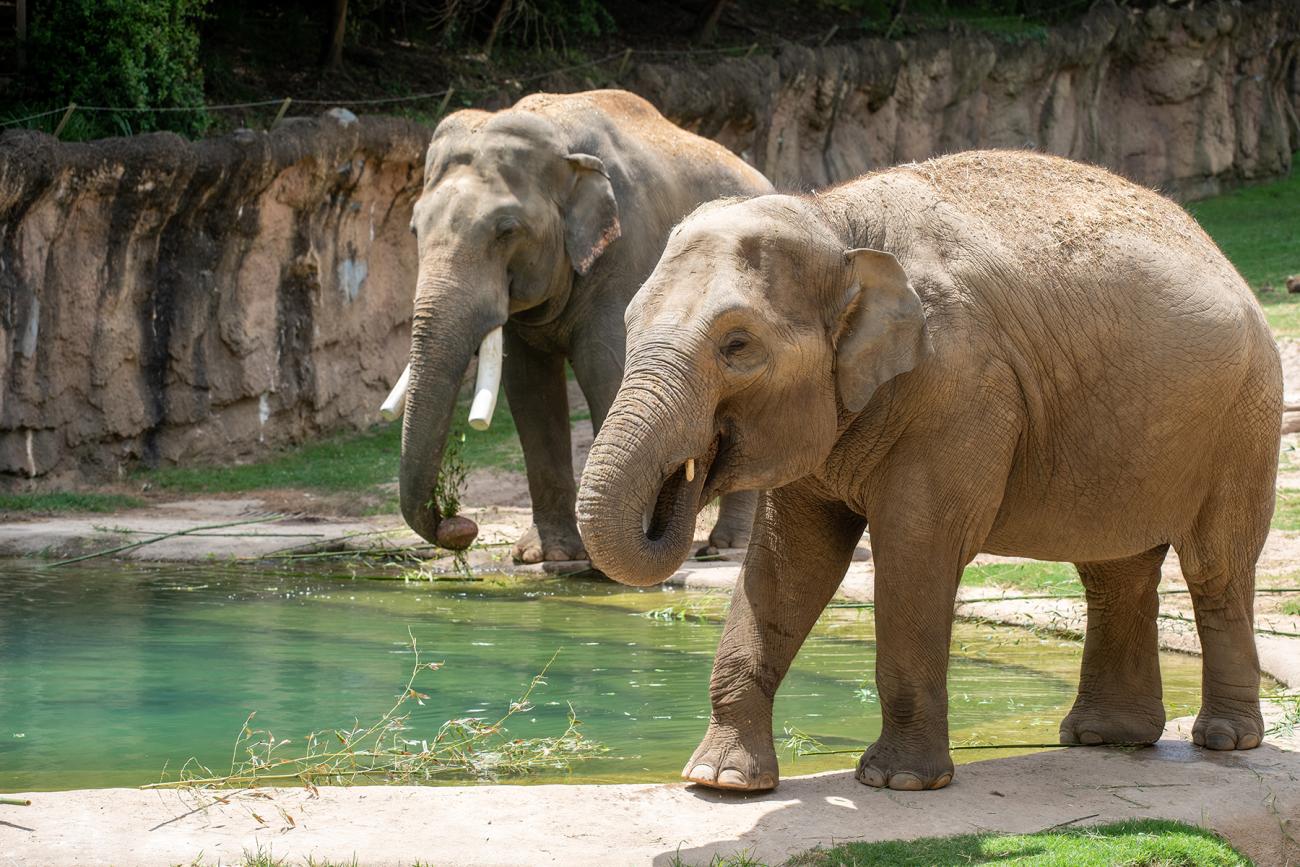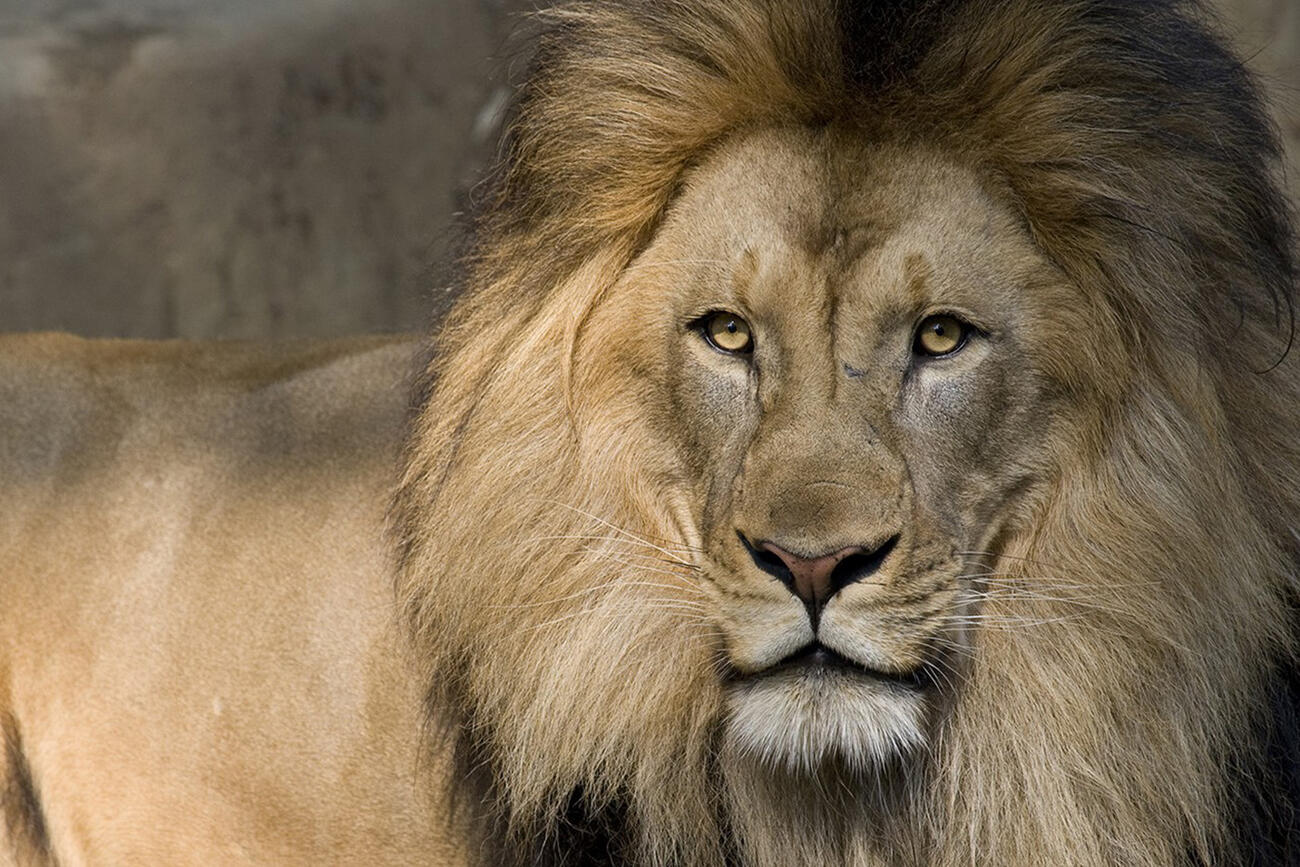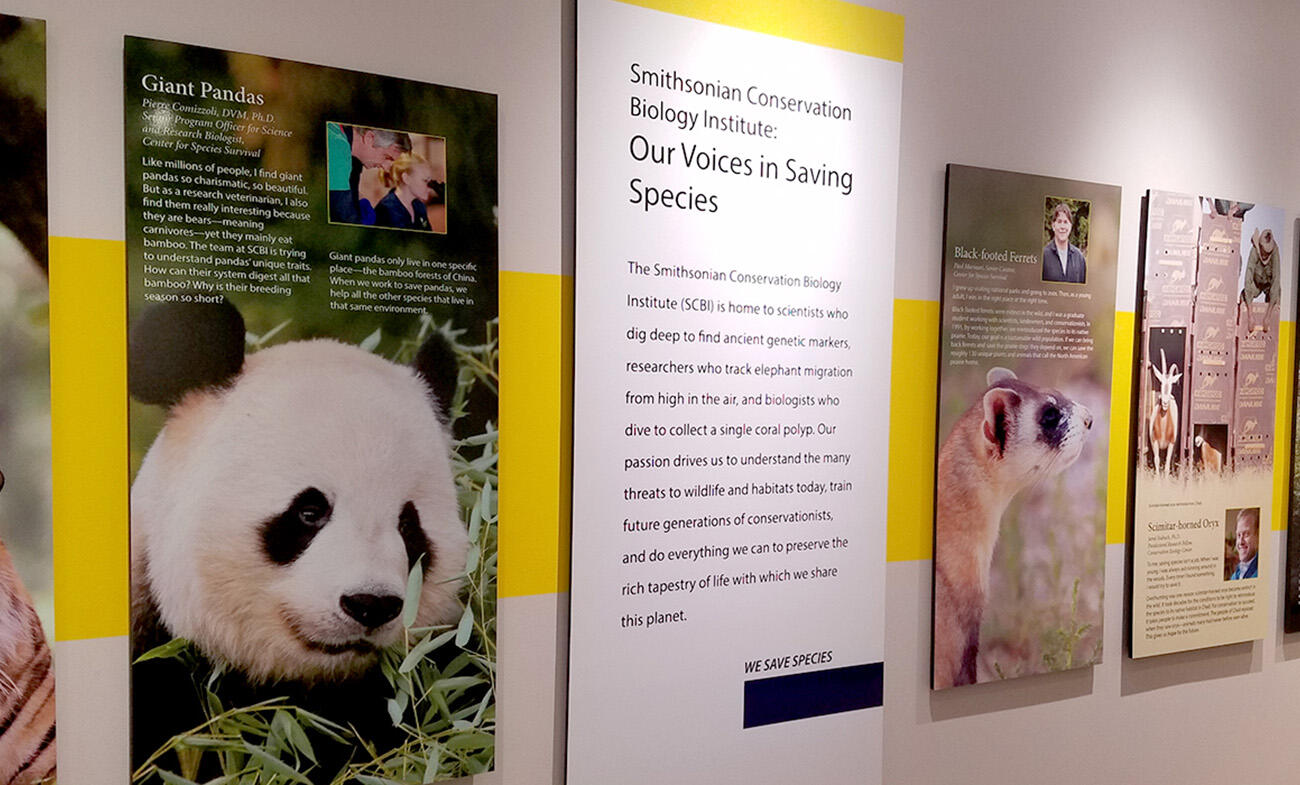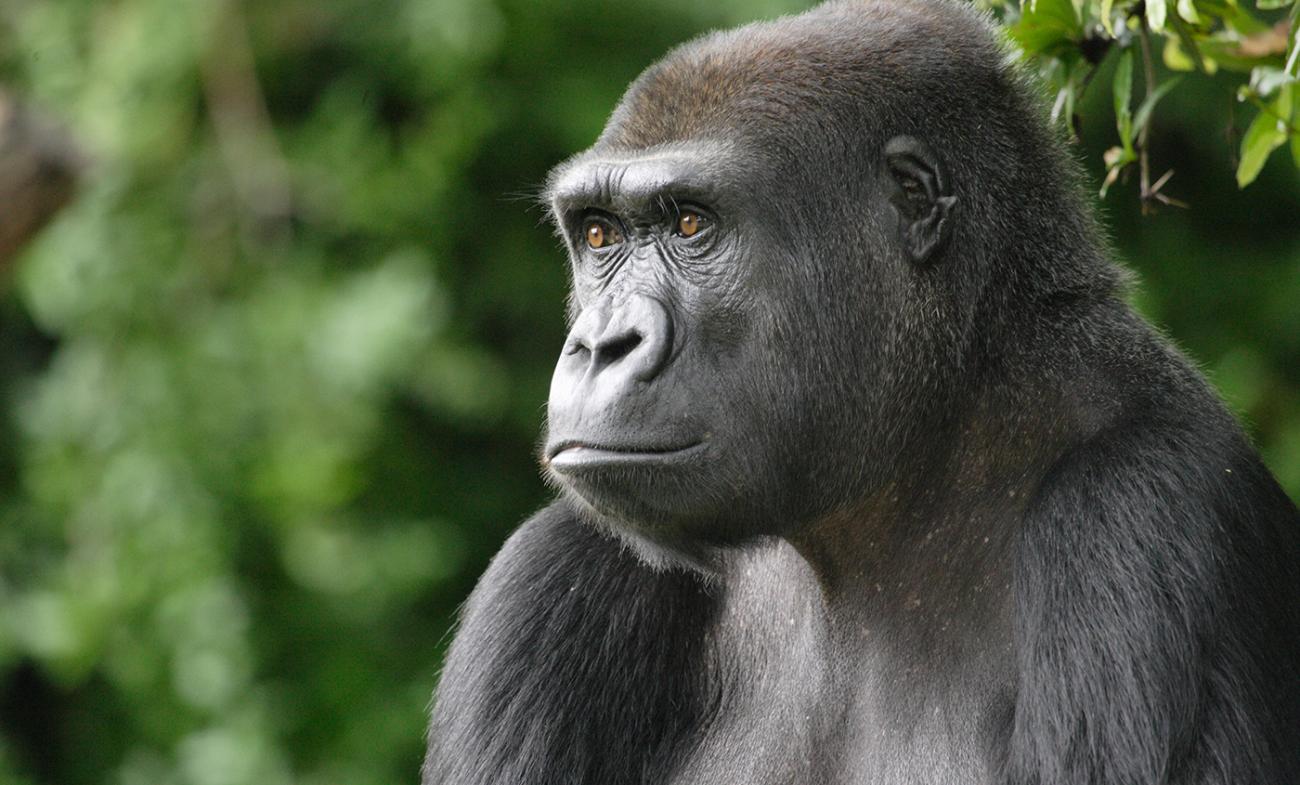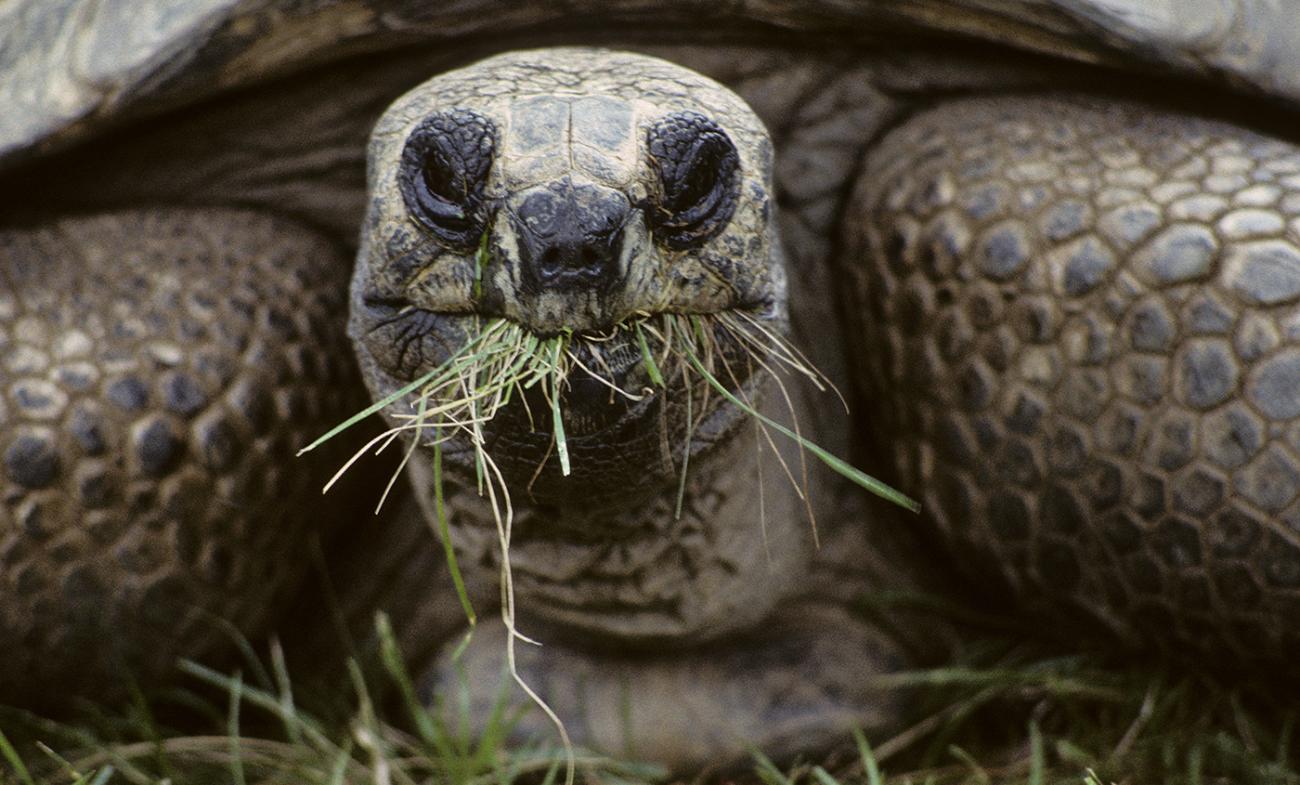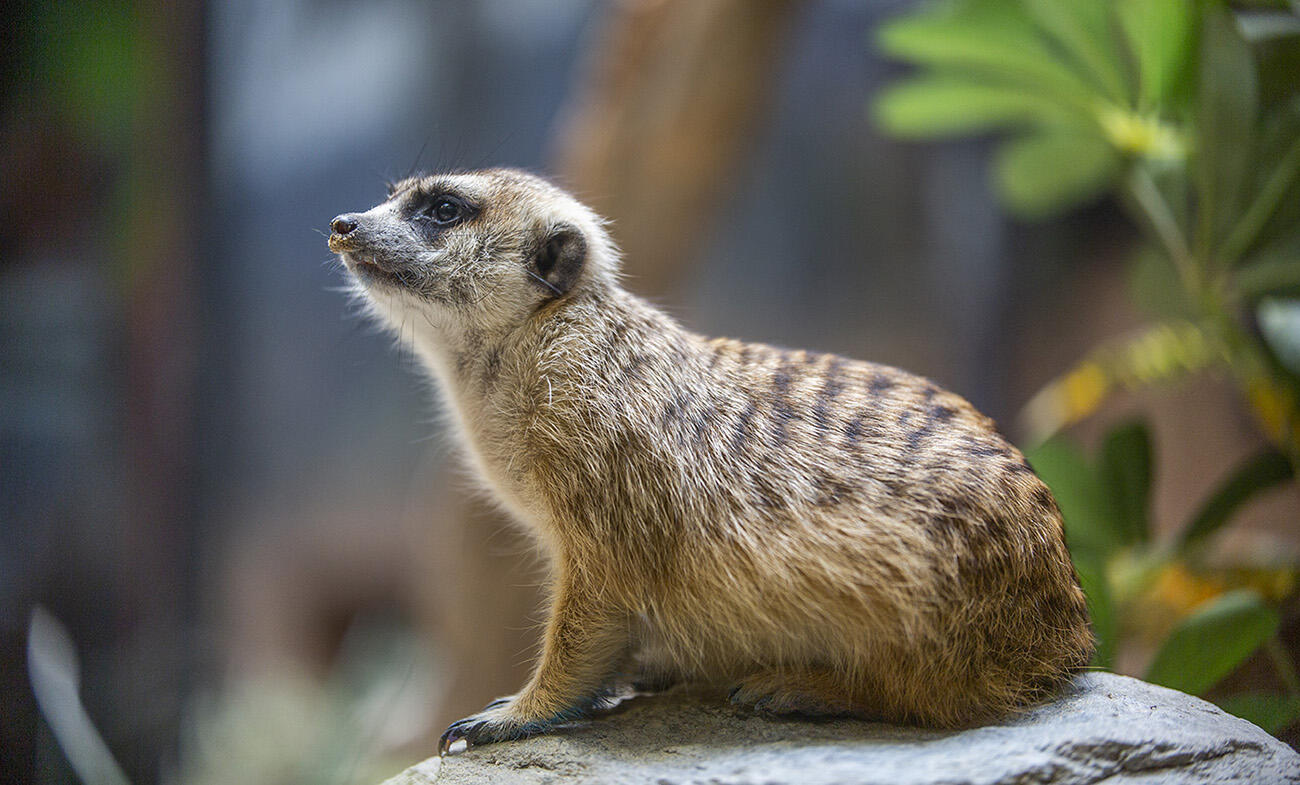Animals in this Exhibit
At Kids’ Farm, visitors can see cows, alpacas, hogs, donkeys, goats, chickens and fish. One of the many ways keepers care for animals is by providing them with enrichment — training sessions, objects, toys, sounds and smells that encourage the animals to use their natural behaviors in new and exciting ways.
The Great Cats exhibit is located near the Speedwell Foundation Conservation Carousel. Visitors can observe Sumatran tigers and African lions at this location.
The black-tailed prairie dog exhibit is located across from the Great Cats exhibit.
The Claws and Paws exhibit, featuring North American porcupines, bobcats, binturongs and Pallas' cats, is located behind the black-tailed prairie dog exhibit.
The Mane Grill is located between Kids’ Farm and the restrooms.
The Smithsonian & SVF Biodiversity Preservation Project aims to preserve and study the frozen germplasm (embryos, semen and other biomaterials) of rare and endangered heritage breeds of cattle, pigs, goats and sheep. Heritage breeds often carry genes with good traits: they are resistant to certain diseases and parasites; they are tolerant of heat; the mothers are able to care for their calves; and they are able to efficiently use their grazing areas.
Although SCBI has preserved the genetic materials of corals, giant pandas, and other wild animals, this is the first domestic livestock samples represented in the biorepository. Protecting the genetics and traits of breeds will help ensure genetic diversity, which could protect the global food chain. The project was launched in July 2014 by SVF Foundation founder Mrs. Dorrance H. Hamilton and former Secretary of the Smithsonian Institution Wayne Clough.


